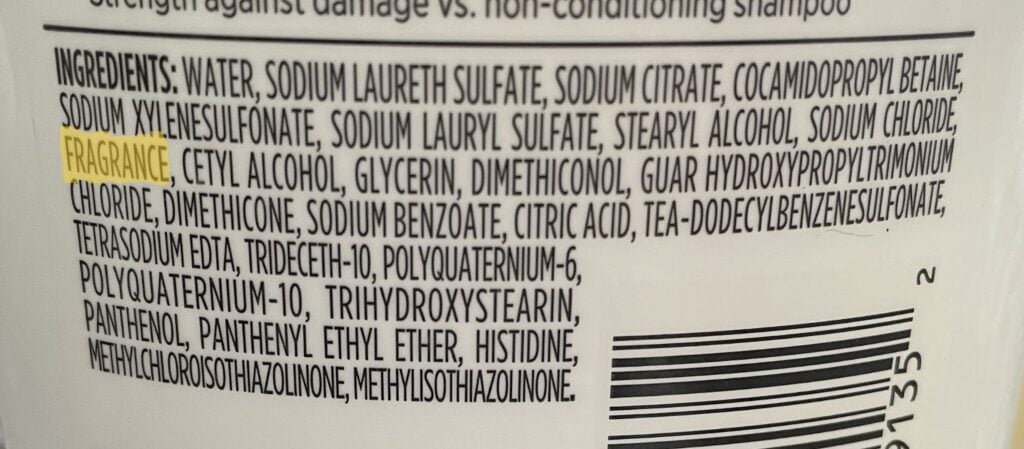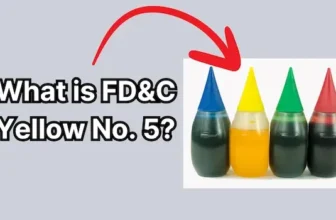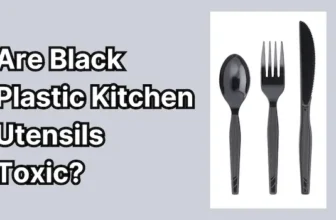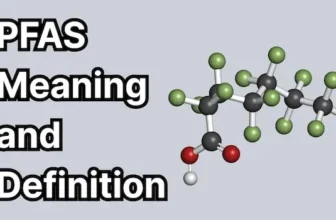You may be hearing about artificial colors floating around social media and the internet these days, and might be wondering, “What is Blue 1?” As a scientist, I’m going to explain what Blue 1 is, its side effects, and whether it’s potentially bad for your health.
Blue 1, also known as Brilliant Blue FCF, FD&C Blue No. 1, or E133, is a synthetic food dye widely used to impart a vibrant blue hue to a variety of foods, beverages, pharmaceuticals, and cosmetics.
Like other artificial colorants such as Red 40 and Yellow 5, Blue 1 is popular among manufacturers because it is stable, cost-effective, and produces consistent, eye-catching color.
While Blue 1 helps make products more visually appealing, ongoing research and consumer advocacy have raised questions about its safety and potential health effects.
Some studies and public health groups have highlighted possible links to allergic reactions, behavioral changes in children, and other health concerns, prompting regulatory scrutiny and a growing demand for natural alternatives.
I’ve always had a serious sweet tooth, and Sour Punch Bites used to be one of my favorite treats while I worked at the laboratory.
Their tangy, chewy goodness is hard to resist! But after learning that they contain artificial food dyes like Blue 1, I’ve started to think twice before grabbing a handful.
While I still crave that nostalgic burst of flavor, I now find myself trying to avoid candies with synthetic colorants like Blue 1 as I become more mindful about what I’m putting into my body.

Where Is Blue 1 Used?
Blue 1 is found in a wide range of products, including:
- Beverages: Sports drinks, sodas, powdered drink mixes, and flavored waters
- Candies: Gummies, hard candies, chewing gum, and popsicles
- Baked Goods: Frostings, cakes, cookies, and pastries
- Cereals: Brightly colored breakfast cereals
- Dairy Products: Flavored yogurts, ice cream, and pudding
- Processed Foods: Canned peas, applesauce, salad dressings, and enteral nutrition formulas
- Medications and Supplements: Tablets, capsules, syrups, and vitamins
- Personal Care: Toothpaste, mouthwash, shampoo, soaps, and cosmetics
Health Concerns and Potential Risks of Blue 1
Despite its widespread use and regulatory approval, Blue 1 has been the subject of ongoing health debates. Here are some of the main concerns:
| Health Concern | Evidence/Notes |
| Allergic Reactions | Can cause skin rashes, hives, nasal congestion, and rarely blue discoloration of skin/urine (1🍃) |
| Hyperactivity/Behavioral Issues | Some studies suggest a link to hyperactivity and behavioral issues in children (2🍃) |
| Organ Damage | Animal studies hint at possible liver and organ effects with high, long-term exposure (3🍃) |
| Genotoxicity/Cancer Risk | Not found to be genotoxic in most studies, but some chromosomal aberrations observed (1🍃) |
| Neurotoxicity | Preliminary studies raised concerns about nerve cell effects; more research needed (1🍃) |
| Digestive Discomfort | Most of the dye is not absorbed and is excreted in feces; minor digestive symptoms possible (4🍃) |
Allergic Reactions and Sensitivities
Blue 1 can cause hypersensitivity reactions in some individuals, including skin rashes, hives, and nasal congestion. Severe reactions are rare but possible, especially in those with existing allergies or sensitivities. (1🍃)
Behavioral and Neurological Effects:
Some studies and case reports suggest a possible link between artificial food dyes like Blue 1 and hyperactivity or behavioral changes in children, particularly those with ADHD or behavioral sensitivities. (3🍃) However, this connection is still debated and not universally accepted.
Carcinogenicity and Genotoxicity:
Most animal studies have not found Blue 1 to be carcinogenic or genotoxic, though some preliminary studies observed chromosomal changes and an unpublished study suggested a possible link to kidney tumors in mice.
Regulatory agencies consider current evidence insufficient to classify Blue 1 as a human carcinogen, but some advocacy groups urge further research and caution. (3🍃)
Organ and Other Effects:
Animal studies have hinted at potential organ effects from long-term, high-dose exposure, but these findings are not consistent or robust enough to prompt regulatory bans. (1🍃) Most of the dye is not absorbed by the body and is excreted unchanged in the stool. (4🍃)
| Year/Period | Regulation/Action | Details |
| 1929–1939 | Early Approvals | FD&C Blue No. 1 provisionally approved for food, drugs, and cosmetics. (5🍃) |
| 1969 | Permanent Listing | Permanently listed for use in foods, drugs, and cosmetics; certification required. (8🍃) |
| Ongoing | Certification Requirement | Each batch must be certified by FDA before use in regulated products. (8🍃) |
| Ongoing | Usage Restrictions | Allowed in foods generally, ingested and externally applied drugs (including eye area), and cosmetics. (8🍃) |
| Ongoing | Acceptable Daily Intake (ADI) | U.S./EU: 1–12 mg/kg body weight/day; JECFA: 0–6 mg/kg/day. (3🍃) |
| 2024 | State-Level Bans | Law passed to prohibit Blue 1 (and others) in foods sold in-state. (9🍃) |
| 2025 | National Phase-Out Announced | FDA to phase out all petroleum-based synthetic dyes, including Blue 1, by end of 2026. (9🍃) |
United States and International Regulations
- FDA Approval: Blue 1 has been FDA-approved for use in foods, drugs, and cosmetics since 1969, with a recommended Acceptable Daily Intake (ADI) of 12 mg/kg body weight per day. (5🍃)
- International Standards: The European Union and JECFA have similar ADIs (up to 12.5 mg/kg and 6 mg/kg, respectively). (3🍃)
- Labeling: Products containing Blue 1 must declare it on ingredient labels in the US and Europe. (4🍃)
- Recent Trends: Some US states, like California, are moving to restrict or ban Blue 1 in school foods, and there is growing momentum to phase out synthetic dyes in favor of natural alternatives. (3🍃)
How Is Blue 1 Made?
Blue 1 is a synthetic dye produced from petroleum-derived aromatic hydrocarbons, such as benzene or naphthalene.
The manufacturing process involves chemical reactions (such as diazotization and coupling with H-acid), followed by purification and conversion to a water-soluble salt form. (6🍃)
This process is similar to that used for other synthetic food dyes, such as Yellow 5 and Red 40.
Natural Alternatives to Blue 1
With increasing consumer demand for cleaner labels and fewer artificial additives, many companies are exploring natural blue colorants, including:
- Butterfly Pea Flower: Produces a vibrant blue pigment, now popular in beverages and desserts. (7🍃)
- Red Cabbage: Can yield blue hues when pH is adjusted, though stability is a challenge. (7🍃)
- Spirulina: A blue-green algae that offers both color and nutritional benefits. (7🍃)
- Anthocyanins: Plant pigments found in berries and some vegetables, though often less stable than synthetic dyes. (7🍃)
Final Thoughts on Blue 1
Blue 1 is a widely used synthetic dye that helps make foods and other products visually appealing.
Regulatory agencies currently consider it safe when consumed within established limits, but ongoing research and advocacy highlight potential risks, especially for sensitive individuals and children.
As public awareness grows and regulations evolve, the food industry is increasingly turning to natural alternatives, signaling a shift away from petroleum-based synthetic dyes in the years ahead.
References
- Food-dyes-rainbow-of-risks.pdf
- Feeling Blue? The Truth About Artificial Blue Food Dyes and Their Side Effects – Culinary Solvent
- Blue 1 Dye: Everything You Need to Know About this Food Coloring
- FD&C Blue #1: What Is It & Is It Bad For You? – Functional Nutrition Answers
- Color Additives History | FDA
- Brilliant blue FCF – Wikipedia
- Natural Blue Food Coloring: Your Complete Guide to FD&C Blue 1 Alternatives and Brilliant Blue Substitutes
- Regulatory Status of Color Additives
- See full list of food dyes being phased out in the US, says RFK, Jr.
Read Next
Top 10 Best Non-Toxic Candles in 2025
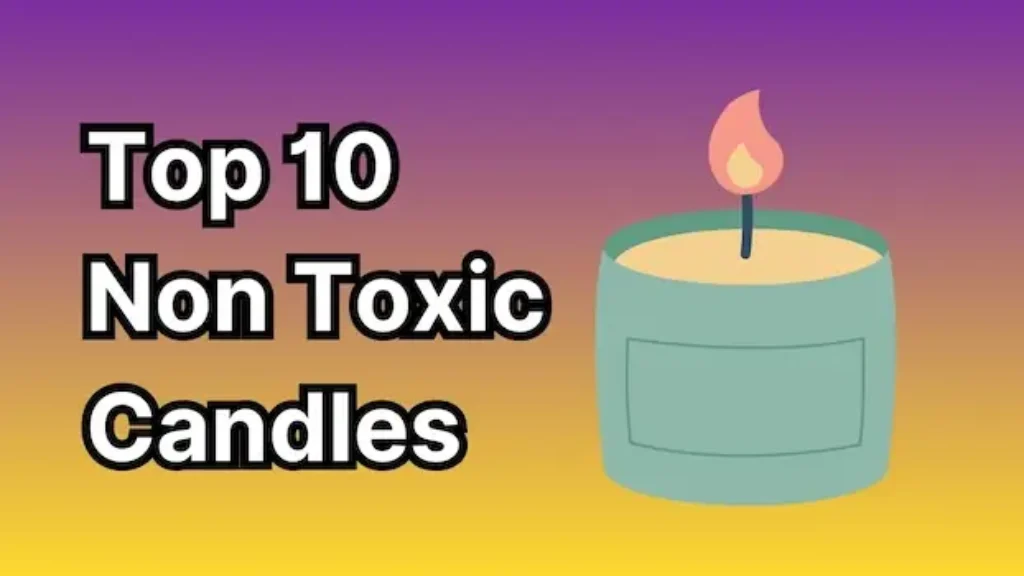
Top 10 Best Non Toxic Laundry Detergents
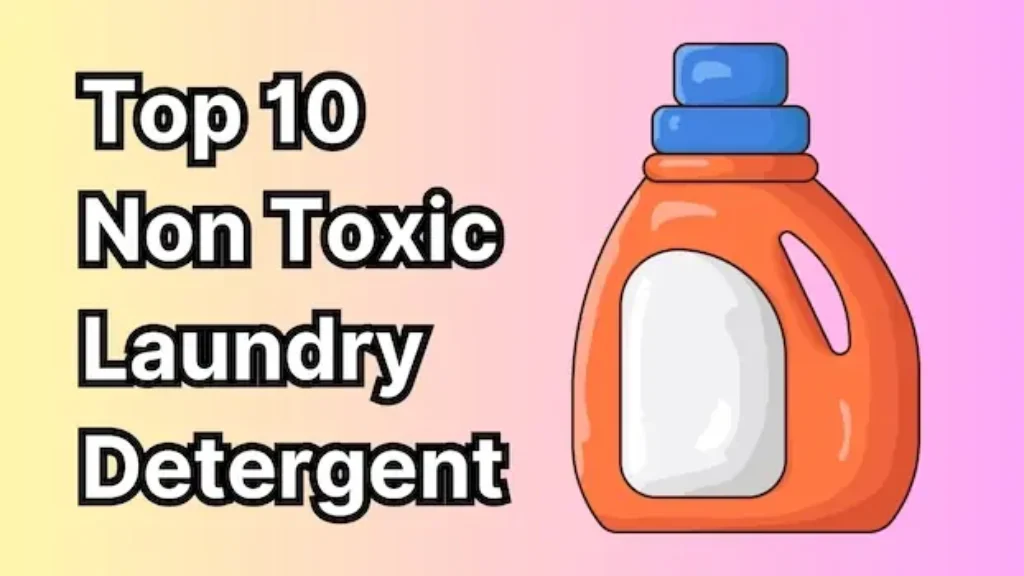
What is FD&C Red 40 Made of and its Side Effects?

What Is Yellow 5 (Tartrazine) and is it Bad for You?
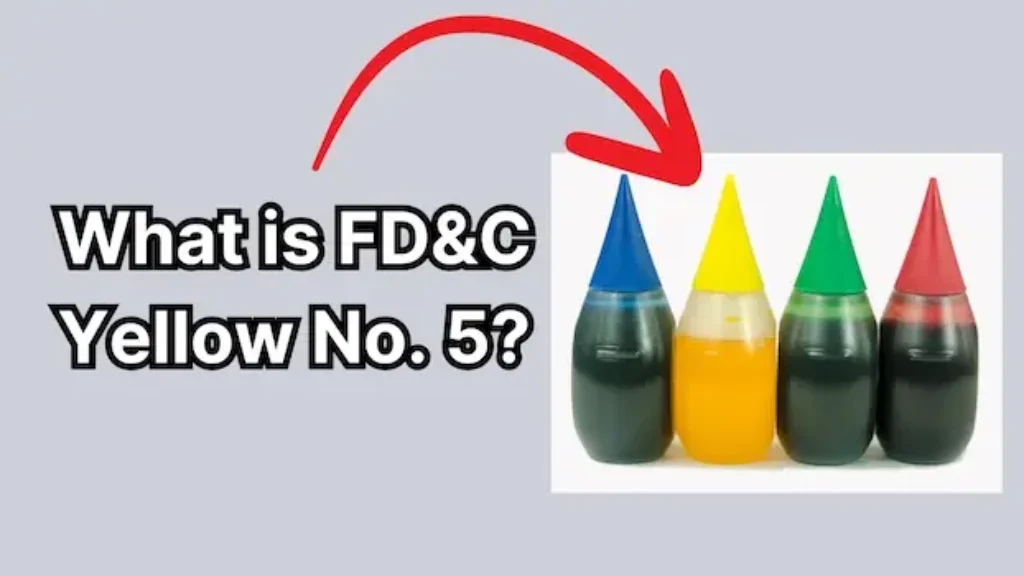
What are Parabens & Why are They Bad? From a Scientist
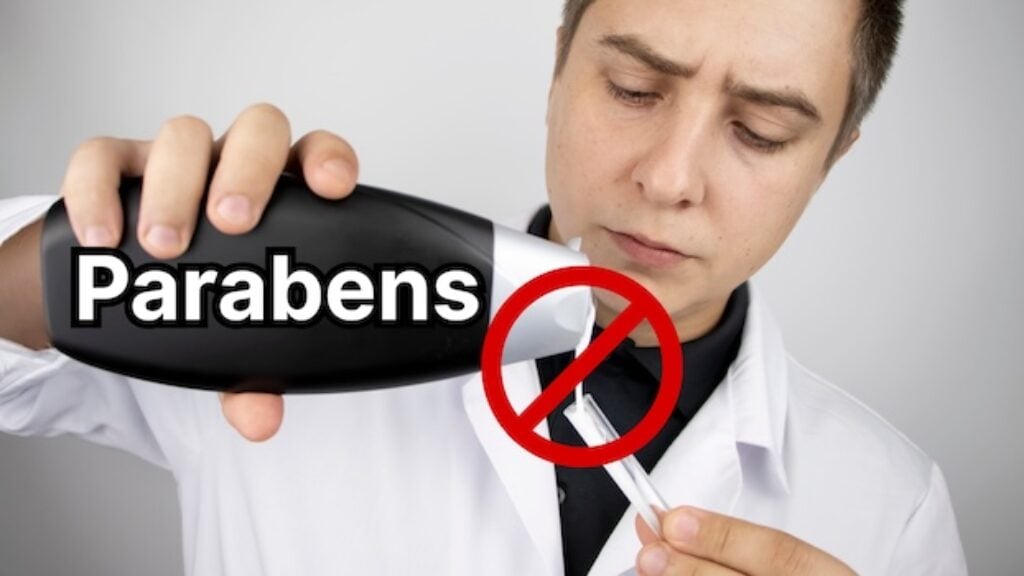
PFAS: Meaning, Definition, and How to Avoid
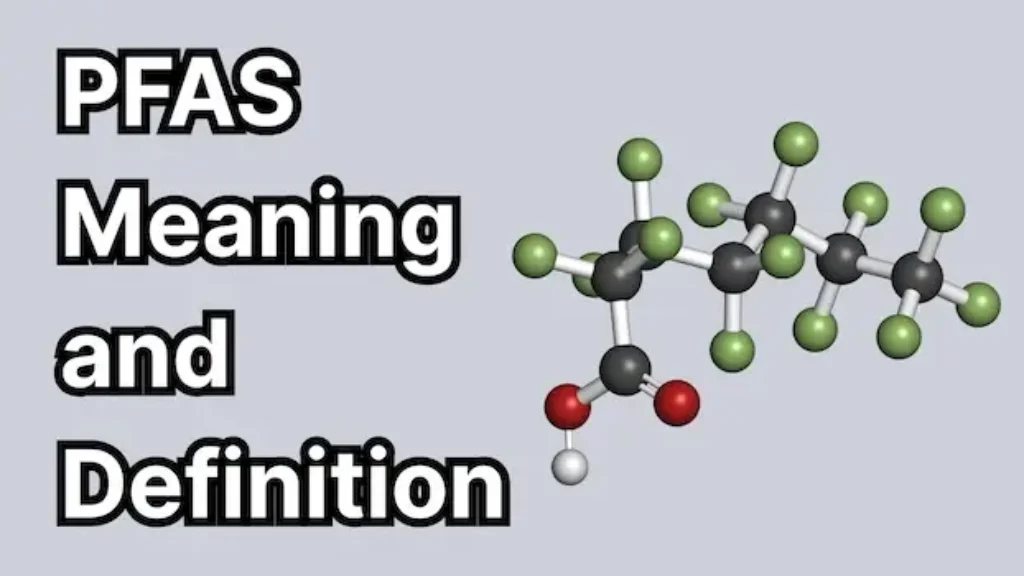
What are Phthalates? Pronunciation and Definition

What is Fragrance Made of? Ingredients List & Health Risks
